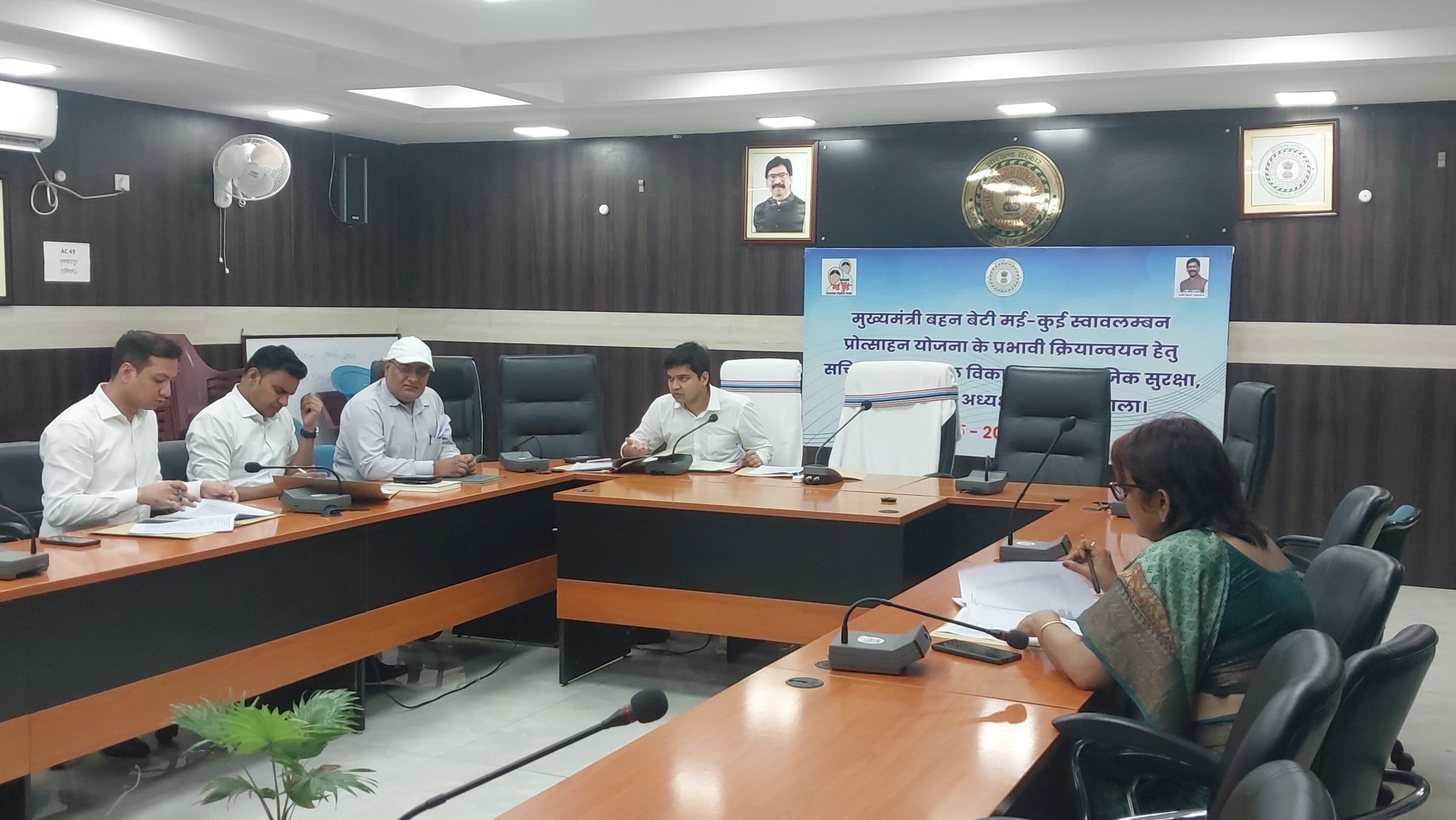Throughout Earth’s history, there have been five major mass extinction events, each eradicating a significant portion of the planet’s biodiversity. Today, we are witnessing the onset of the sixth mass extinction, a crisis unprecedented in its cause: human activity. Unlike the natural phenomena that drove previous mass extinctions, this one is predominantly fueled by anthropogenic factors, posing a severe threat to global biodiversity and human survival.
Human-Induced Drivers of the Sixth Mass Extinction
Human activities such as deforestation, pollution, overfishing, and climate change are accelerating the loss of species at an alarming rate. Scientists estimate that species are disappearing at a rate 1,000 times faster than the natural background rate of extinction. The primary drivers include:
- Deforestation and Habitat Destruction: Large-scale clearing of forests for agriculture, urban development, and other purposes reduces the habitats available for countless species.
- Pollution: Industrial activities, chemical runoff, and plastic waste contribute to the degradation of ecosystems and the death of marine and terrestrial life.
- Overfishing: Unsustainable fishing practices deplete marine populations and disrupt the balance of ocean ecosystems.
- Climate Change: Rising temperatures, altered precipitation patterns, and increased frequency of extreme weather events threaten the survival of numerous species.
Profound Impacts on Humanity
The consequences of this mass extinction extend far beyond the loss of species. The interconnectedness of ecosystems means that biodiversity loss directly impacts human well-being in several critical areas:
1. Loss of Biodiversity and Food Security
Biodiversity is integral to food security. Many crops rely on pollinators like bees and butterflies. The decline of these pollinators can lead to reduced crop yields and potential food shortages. For instance, the Food and Agriculture Organization (FAO) estimates that 75% of the world’s food crops rely on pollination.
2. Pharmaceutical Discoveries
Nature has been a source of inspiration for countless medical breakthroughs. The extinction of plants and animals may result in the loss of potential cures and treatments for diseases. Approximately 25% of prescription drugs are derived from or inspired by natural sources.
3. Ecosystem Services
Healthy ecosystems provide essential services, including clean water, air purification, soil fertility, and climate regulation. The degradation of these systems can have dire consequences for human health and survival. For example, wetlands act as natural water filters, and their destruction can compromise water quality.
The Vision of Multi-Planetary Existence
Elon Musk, the visionary entrepreneur behind SpaceX, posits that the only way to mitigate the risks of the sixth mass extinction is by developing human colonies on Mars. He envisions that by 2050, Mars will have the necessary resources for human existence, including habitats for animals. Musk asserts that multiplanetary existence is crucial for the survival of humanity.
Musk’s ambitious goal, driven by the urgency of the Holocene extinction, suggests that humans might establish a presence on Mars within the next five years. This timeline underscores the critical nature of our current predicament and the need for bold, forward-thinking solutions.
Current Extinction Rates and Future Projections
The ongoing loss of biodiversity paints a stark picture for the future:
- Near-Term Extinctions: Within the next 100 years, 30% of plant and animal species could face extinction.
- Long-Term Projections: Over the next 780,000 years, if current trends continue, 95% of these species could disappear.
- Accelerated Extinction Rates: We are currently losing species hundreds to thousands of times faster than normal background extinction rates.
- By 2050: Approximately 10% of plant and animal species may vanish.
- By 2100: 27% of vertebrate diversity could be lost, equating to a quarter of all animal species within the next 75 years.
Conclusion
The sixth mass extinction is not an inevitability but a direct consequence of human actions. However, it is within our power to change course and prevent further biodiversity loss. Protecting biodiversity requires global cooperation, sustainable practices, and innovative solutions. By addressing the root causes of biodiversity loss, such as habitat destruction and climate change, we can work towards a future where both humans and nature thrive.
In the face of this existential crisis, it is our responsibility to heed this wake-up call and take decisive action to preserve the rich tapestry of life on Earth. Ensuring the survival of countless species and safeguarding the planet’s ecosystems are paramount for the future of humanity.
Key Actions to Address Biodiversity Loss
- Enforce Stronger Conservation Policies: Governments worldwide must implement and enforce stricter laws to protect endangered species and habitats.
- Promote Sustainable Practices: Encouraging sustainable agriculture, fishing, and forestry practices can reduce human impact on ecosystems.
- Invest in Renewable Energy: Reducing reliance on fossil fuels can mitigate climate change and its adverse effects on biodiversity.
- Support Biodiversity Research: Increased funding for scientific research can lead to better understanding and preservation of ecosystems.
- Foster Global Collaboration: International cooperation is essential to address transboundary environmental challenges and share successful conservation strategies.
By committing to these actions, we can ensure that the Earth remains a thriving, diverse, and habitable planet for generations to come.






